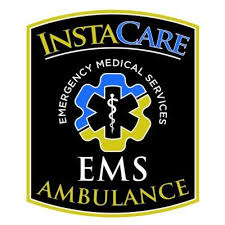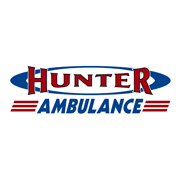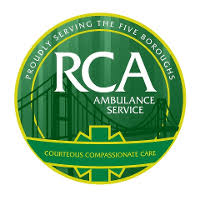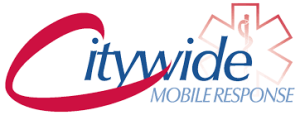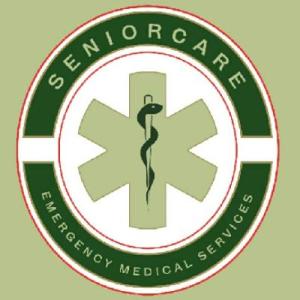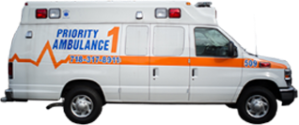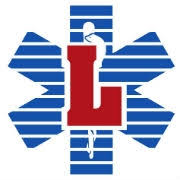Some ambulances are operated by commercial companies with paid employees, usually on a contract to the local or national government, Hospital Networks, Health Care Facilities and Insurance Companies.
In the USA private ambulance companies provide 911 emergency services in large cities as well as most rural areas by contracting with local governments. In areas that the local County or City provide their own 911 service, private companies provide discharges and transfers from hospitals and to/from other health related facilities and homes. In most areas private companies are part of the local government Emergency Disaster plan, and are relied upon heavily for the overall EMS response, treatment and recovery.
In some areas, private companies may provide only the patient transport elements of ambulance care (i.e. non-urgent), but in some places, they are contracted to provide emergency care, or to form a ‘second tier’ response, where they only respond to emergencies when all of the full-time emergency ambulance crews are busy. This may mean that a government or other service provide the ’emergency’ cover, whilst a private firm may be charged with ‘minor injuries’ such as cuts, bruises or even helping the mobility-impaired if they have for example fallen and simply need help to get up again, but do not need treatment. This system has the benefit of keeping emergency crews available at all times for genuine emergencies. These organisations may also provide services known as ‘Stand-by’ cover at industrial sites or at special events. In Latin America, private ambulance companies are often the only readily available EMS service
Patient transport is a service that transfers patients to and from medical facilities in non-emergency situations.
In emergency situations, patients are transported by the emergency medical services. Non-emergency patient transport is sometimes run by the same agency. It is typically provided to a patient who needs to be transferred to a facility that can provide a higher or more specialized level of care though emergency services may be summoned if this is urgent. It may also be used to transfer patients from a specialized facility to a local hospital or nursing home when they no longer require this specialized care, such as following successful cardiac catheterization due to a heart attack. Some countries also offer the service to patients who cannot make their own way to or from the hospital.
Patient transport services are provided in the United States to convey patients to hospitals. The vehicles used are not usually (although there are exceptions) equipped with life-support equipment, and are usually crewed by staff with fewer qualifications than the crew of emergency ambulances. Their purpose is simply to transport patients to, from or between places of treatment. These services are often provided by ambulance services using non-emergency vehicles, but may be subject to tendering processes.
Interfacility transport is necessary to transfer critically ill or injured patients and those requiring specialty care to a facility where specialized healthcare services are available.1 Providing clinical care commensurate with the needs of patients during transfer is crucial for patient safety, continuity of patient care, optimal outcomes, and risk reduction. However, the composition of interfacility transport teams can vary across regions. Teams may include any combination of emergency medical technicians, paramedics, registered nurses, respiratory therapists, advanced practice providers, and physicians, and this may contribute to increased risk for patients during interfacility transport due to inappropriate team identification. Costs associated with the interfacility transfer are variable and related to the use of ground or air ambulance. Debate exists concerning cost containment and transparency for interfacility patient transport.
The NYC Private Ambulance Companies are:
1. SeniorCare EMS
1,200 Members | No Union
SENIORCARE WEBSITE
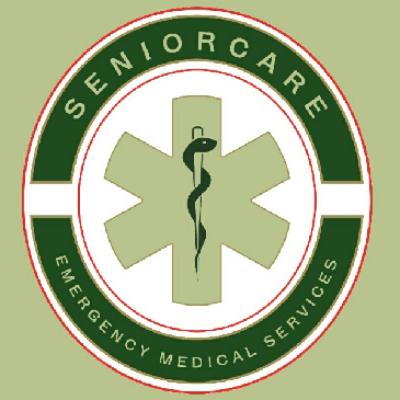
2. Empress EMS
550 Members | SEIU NAGE 5000/IAEP R220
EMPRESS WEBSITE

3. Citywide EMS/ Citywide Mobile Response
600 Members | Local 741
CITYWIDE WEBSITE
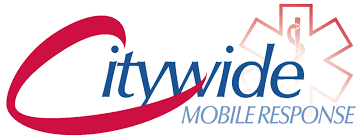
4. Richmond County Ambulance (RCA)
550 Members | No Union
RCA WEBSITE

5. Hunter Ambulance
500 Members | UNKNOWN UNION STATUS
HUNTER WEBSITE

6. Assist Ambulance
350 Members | Local 713
ASSIST WEBSITE

7. Ambulnz
(Acquired First Response)
200 Members | No Union
AMBULNZ WEBSITE

8. Instacare Ambulance
(Acquired Midwood *)
300 Members | UNKNOWN UNION STATUS
INSTACARE WEBSITE
- Midwood is the oldest private ambulance company in New York City

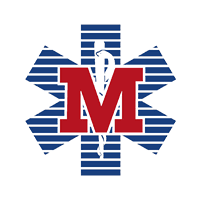
9. Lifeline Ambulance *
200 Members | UNION STATUS UNKNOWN
LIFELINE WEBSITE
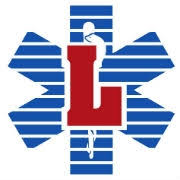
- Lifeline has a common ownership with Midwood, until Midwood was sold to the ownership of Instacare to secure their Certificate of Need.
10. Priority 1 Ambulance
150 Members | UNKNOWN UNION STATUS
PRIORITY 1 WEBSITE

11. Primary Care Ambulance
150 Members | UNKNOWN
PRIMARY CARE WEBSITE

NON TRANSPORTING AGENCIES
“These agencies utilize EMTs and Paramedics for special events and fucntions. Though they are not ambulance based services all rely on EMS to operate.”
12. Ready Responders *
NEWLY HIRING | No Union
This agency uses EMTs, Paramedics and Nurses to provide non-transport urgent care services in the home via video telemetry.

13. ParaDocs Event Medical Service
100 Members | No Union
This is a major event, concerts and standbye site specific medical covrage agency that also provides IV fluid hydration in the home. Most members are per deim to gig employees.
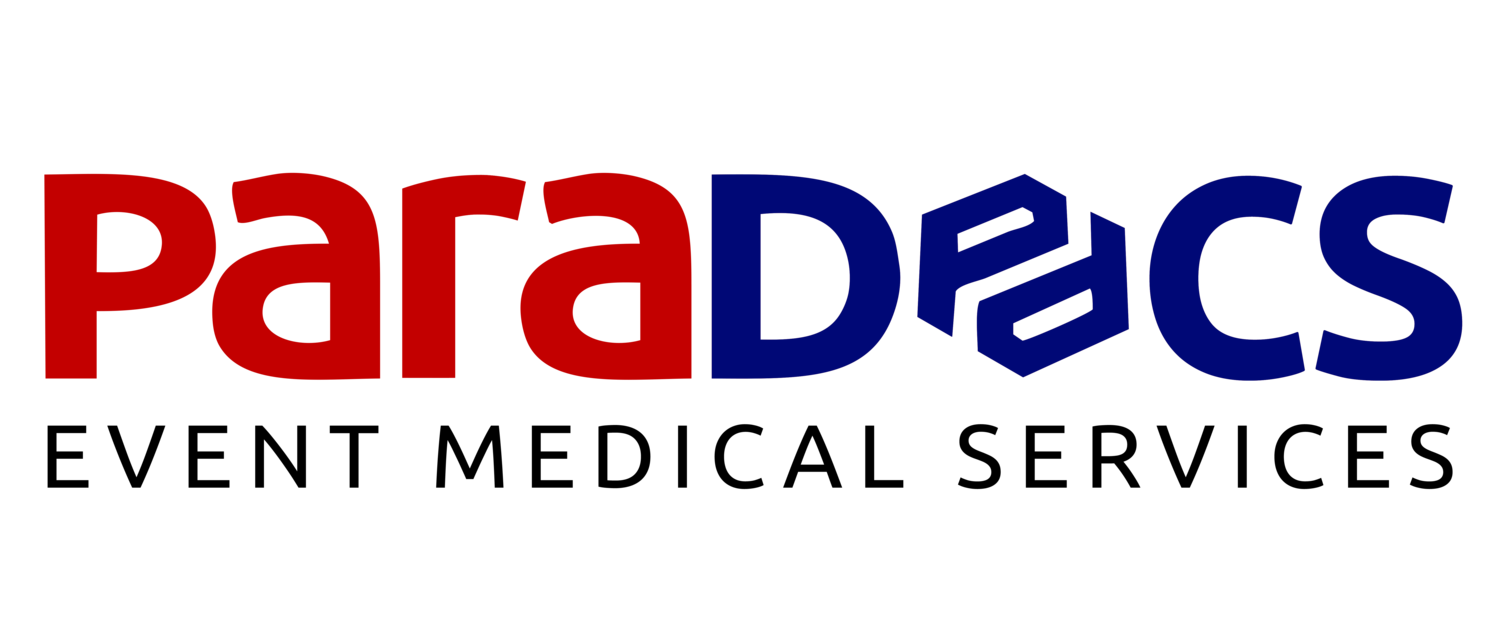
14. Amphibious Medics
300 Members | UNION STATUS UNKNOWN
This is agency to place EMTs/Paramedics/Nurses at construction sites, hospitality settings, restaurant and industrial sites.


